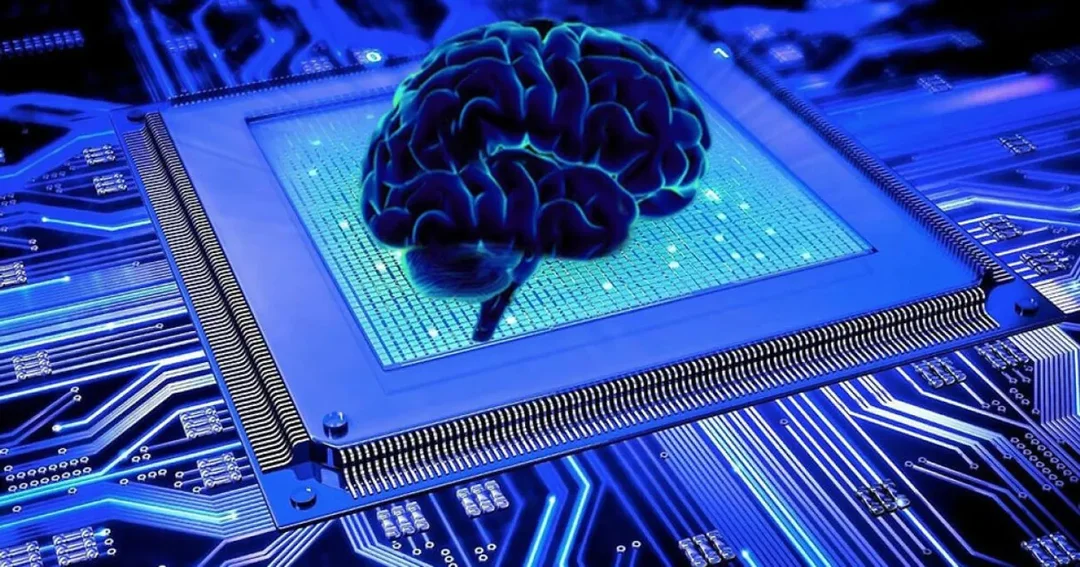
Gabe Newell’s Starfish Neuroscience Aims to Beat Neuralink with Next-Gen Brain Chip
Gabe Newell, the co-founder and CEO of Valve (the company behind iconic games like Half-Life, DOTA 2, and Counter-Strike, as well as the Steam platform), has been quietly exploring the potential of brain-computer interfaces (BCIs) for over a decade. Now, his startup, Starfish Neuroscience, is poised to make waves with its innovative approach to neural technology.
While Elon Musk's Neuralink has garnered significant attention for its BCI advancements, Starfish is taking a different path, focusing on minimally invasive and ultra-low power solutions. The company recently announced plans to release its first brain chip later this year, potentially setting the stage for a new era in brain-computer interaction.

According to Starfish's blog post, the initial chip is a custom "electrophysiology" chip designed to both record brain activity and stimulate specific areas. Unlike Neuralink, which focuses on single-region intervention, Starfish aims to access multiple brain regions simultaneously. Nate Cermak, a neuroengineer at Starfish, suggests possible partnerships with other companies for wireless power delivery and complete brain implant development.
The key advantage of Starfish's technology lies in its small size and low power consumption. The chip measures a mere 2 x 4mm and consumes only 1.1 milliwatts during normal recording, enabling the potential of battery-free wireless power transmission. In comparison, Neuralink's N1 chip, with 1,024 electrodes, consumes around 6 milliwatts and requires periodic wireless charging. This difference in power efficiency could lead to smaller, less invasive implants.
Starfish believes that connecting to multiple parts of the brain simultaneously is crucial for addressing complex neurological disorders. As Cermak explains, there is growing evidence that many neurological issues involve circuit-level dysfunction, impacting the communication between different brain regions.
Beyond gaming, Starfish is also developing a "precision hyperthermia device" to destroy tumors with targeted heat, along with a robotically guided transcranial magnetic stimulation (TMS) system for treating conditions like bipolar disorder and depression. These diverse applications demonstrate the broad potential of Starfish's technology.
While the initial applications are medical, Gabe Newell has hinted at the long-term potential for BCIs in gaming and other fields. He has previously stated that "we're way closer to 'the Matrix' than people realize," suggesting that brain-computer interfaces could revolutionize how we interact with technology and experience virtual worlds as Valve's Principal Experimental Psychologist Mike Ambinder suggested in his GDC 2019 talk.
Starfish's ambitious goals and innovative chip design suggest a promising future for BCIs. With lower power consumption, smaller size, and multi-region access, Starfish Neuroscience could emerge as a key player in the race to connect the human brain to the digital world.
What do you think about the potential of brain-computer interfaces? Share your thoughts and opinions in the comments below!